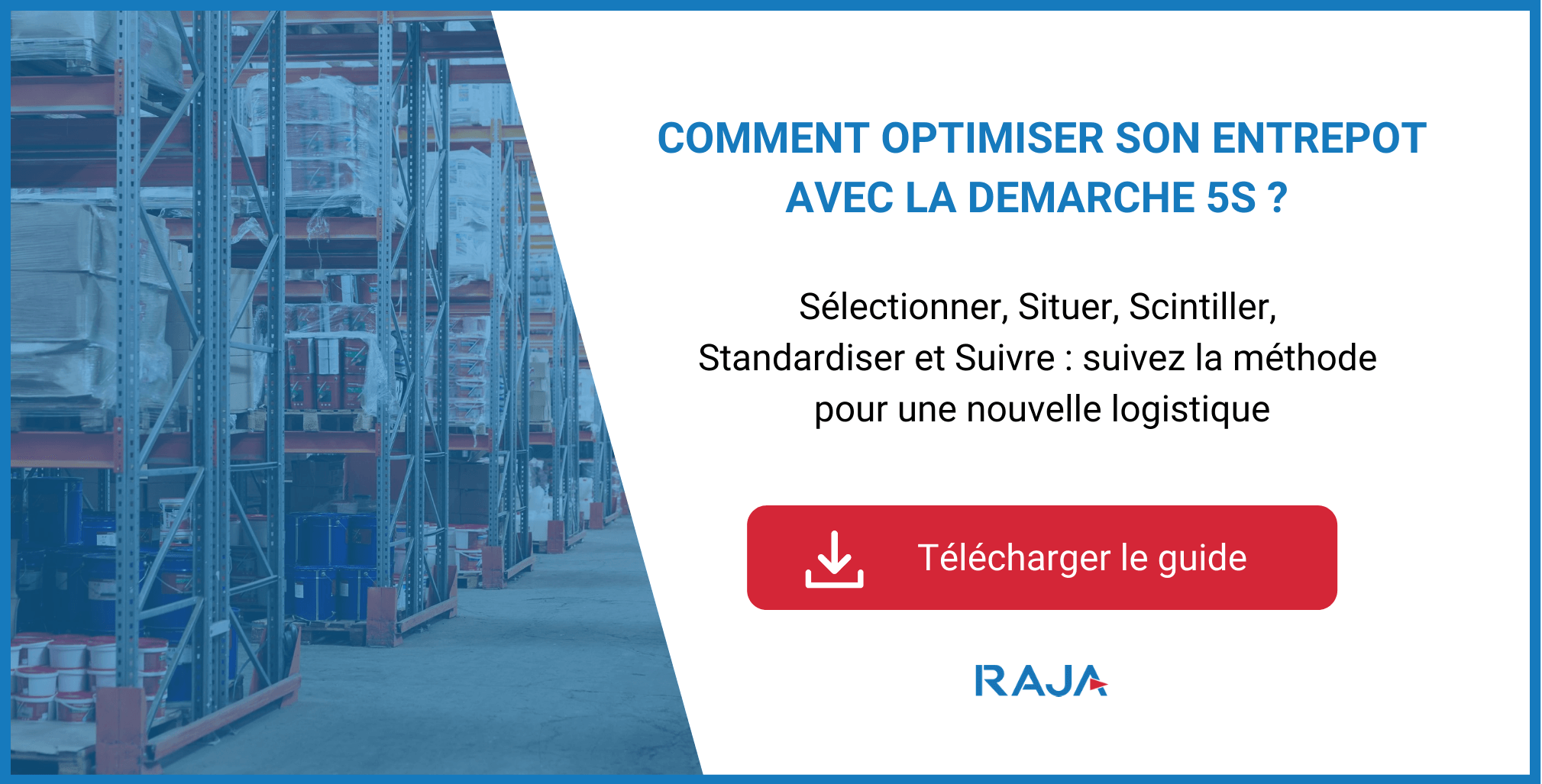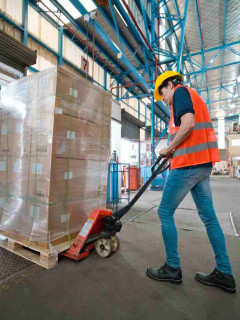84% of Internet shoppers believe that real-time tracking of their deliveries is a key factor in their shopping experience*. In this age of immediacy, your customers are more demanding than ever before in terms of speed and reliability from the brands they buy from.
Want to improve your customer satisfaction? You’ll need to look at your logistics traceability – and this article will help you, with some practical advice.
Why is controlling logistics traceability crucial?
Logistics traceability is the process of tracking and documenting the journey of a good from manufacture to delivery to the end customer.
In a large number of sectors, this traceability is inseparable from the smooth running of the business. This is the case in sectors that have to comply with strict regulations, such as the agri-food or pharmaceutical industries. In these cases, traceability ensures regulatory compliance, as well as the health and safety of end customers.
But whatever your sector of activity, product traceability is essential to your business.
In particular, it allows you to :
- Gain visibility over your supply chain. With a good logistics tracking system, you can follow the progress of all your operations, from upstream in your supply chain to downstream.
- Reduce the number of errors. Every well-traced logistics operation is an opportunity to identify problems or delays in order preparation or delivery. Traceability gives you the opportunity to continuously improve your logistics processes.
- Improve efficiency and performance. Thanks to stock tracking in your warehouses, you have a 360° view of all your available stocks at all times. This enables you to put in place an appropriate, ROI-enhancing supply strategy, so you can avoid overstocking or stock-outs.
- Boost your customer satisfaction. Tracking deliveries to your end customers ensures that your customers are delivered on time, and are therefore satisfied.
- Optimise your customer experience. If your customers can track their orders in real time, you’re offering them a real plus. This is particularly the case in e-commerce, at a time when consumers want simple, seamless experiences with the brands from which they buy products.
- Improved responsiveness to unforeseen events. An optimal traceability system means that goods can be located at any time – and so you can respond more quickly to identified delivery or quality concerns.
Ultimately, by controlling logistics traceability throughout your supply chain, you can optimise your logistics costs, because you make fewer errors, and can benefit from greater flexibility in a necessarily changing environment.
How can you ensure effective logistics traceability?
Setting up a traceability system for all logistics operations may seem complex. But rest assured: today’s technology can be a great help. By following the steps below, you can ensure the success of your project.
Identify the risky stages in your supply chain
Start by identifying the points in your supply chain where you are at risk of losing the traceability of your goods. This will enable you to identify the nodes in the chain where you need to introduce monitoring.
Generally speaking, the stages that require traceability checks are :
- Finalisation of product design (for companies that create their goods from raw materials or spare parts)
- Receiving products in the warehouse
- Order preparation, at the end of packing
- Collection of parcels by the carrier
- Delivery to the end customer
Deploying an effective information system
If you’re still managing supplies, stocks and quality on spreadsheets or Excel spreadsheets, it’s time to say goodbye to this old, time-consuming process, with its high risk of error!
It’s now essential to equip yourself witha tool like a WMS (Warehouse Management System). This tool allows you to control stock management in the warehouse, and to know where a particular product or parcel is at any given time. This type of process can also be handled by an ERP(Enterprise Resource Planning) package. But note that ERPs are often more complex than WMSs, and harder to get to grips with. They tend to be reserved for large companies with complicated processes.
Whatever your choice, make sure you select your internal traceability software according to your sector of activity – especially if you have to comply with very strict traceability regulations.
To help you, take a look at our selection of the 7 best WMS software packages on the market.
Structure your logistics processes around traceability
Thirdly, map out your warehouse flows. This mapping will ensure that every operation carried out by the order pickers can be traced and fed back into your logistics traceability software.
Make sure you document every control at every stage of your internal processes: warehousing, picking products in the warehouse, packaging, packing.
Train your logistics teams
Your order operators and handling specialists need to be trained in the logistics processes and digital tools that ensure traceability in your warehouse. This is a major key to success if you want to ensure that everyone is aware of the importance of traceability, and that they apply the strategy you have put in place.
Choosing the right carriers
Until now, you’ve put in place processes to ensure traceability in your warehouse. Now you need to ensure tracking when you delegate your orders to an external service provider – and in particular to your carrier.
It’s crucial to choose a goods transport service provider with an appropriate traceability system that focuses on the customer experience. Before signing your contract with them, check that they use a parcel tracking system that makes it possible to locate each order at any time. Your service provider should also be able to tell end customers where their order is, and give them flexibility in their delivery options.
Note that if you outsource your logistics function to a specialist service provider, you must also ensure that the latter gives you visibility of your goods flow at all times.
Set up and monitor traceability indicators
Where there’s a strategy, there’s a need for performance indicators to monitor the effectiveness of the actions you’ve put in place – even when it comes to logistics traceability!
Regularly monitor indicators that enable you to measure the traceability of your products throughout your supply chain, such as :
- The rate of traceability errors (product lost in the warehouse, parcel mislaid in the supply chain, etc.)
- Delivery time to customers
- The rate of compliance with stateddelivery times
Thanks to this monitoring, you can then adjust your tools, your strategy and your logistics activity if necessary to meet the expectations of your end customers. And now you’re ready to track your goods the way they should be tracked!
* Uber Direct x Ipsos 2024 study
















